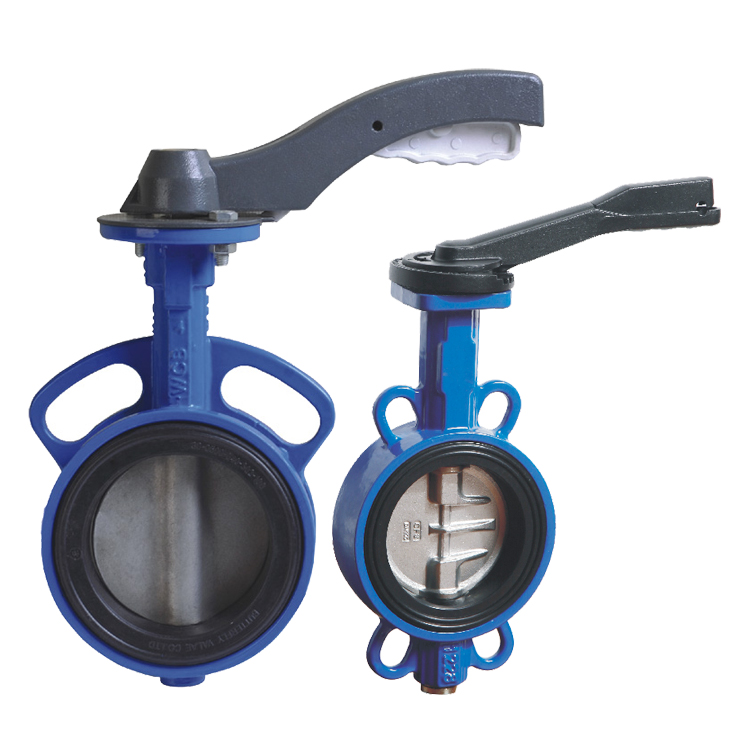Butterfly valves play an essential role in a multitude of industries, where precise control of fluid flow is critical to maintaining product quality. These valves, distinguished by their disc-shaped closure mechanism that operates akin to the wings of a butterfly, offer an efficient solution for regulating flow and pressure within pipelines. The versatility of butterfly valves extends to various applications, from simple on-off control to more complex tasks such as throttling and flow isolation.
Their importance cannot be overstated, as proper valve selection and operation directly contribute to the system’s overall functionality and durability. Given the diversity in valve types and configurations, having a comprehensive understanding is vital for engineers, operators, and decision-makers. Automated butterfly valves enhance precision, reliability, and control, further strengthening system performance and aiding in the delivery of high-quality outcomes.
Key Takeaways
- Butterfly valves are critical for controlling fluid flow.
- Selection and understanding of valves influence system efficiency.
- Advanced valves enhance precision and product quality.
Fundamentals of Butterfly Valves
A butterfly valve’s primary purpose is to regulate flow through pipes, ensuring that systems operate efficiently and effectively. These valves play a crucial role in industrial and commercial applications where precise flow control is needed.
Design and Operation
Butterfly valves consist of a disc that rotates around an axis, with its position within the flow path dictating the flow rate. Operators can control this position by turning an actuator connected to the stem, or rod, that runs through the disc. When the disc is aligned parallel to the flow, the valve is fully open, and when it’s perpendicular, it’s closed. These valves are prized for their compact design, which allows them to fit in tight spaces without sacrificing performance.
Types and Materials
Butterfly valves are designed to meet various operating conditions and come in several types: centric, double offset (eccentric), and triple offset butterfly valves. The centric type is the most common, suitable for low pressure systems, while double and triple offset valves cater to higher pressure and temperature applications. Common materials include stainless steel and cast iron, with the seat typically made from resilient substances for a tight seal. These components are selected based on specific system needs, such as chemical compatibility and pressure ratings.
Installation and Maintenance
Correct installation is imperative for the performance of butterfly valves, and can involve wafer, lug, or flange connections. Maintenance is straightforward but vital, including regular cleaning, lubrication, and inspections to detect and address wear or damage. Implementing a routine maintenance schedule can greatly enhance the longevity and reliability of these valves.
By understanding the fundamentals of butterfly valves, such as their design, materials, installation, and maintenance, industries can ensure flawless flow control and preserve the quality of products within their operational processes. Regular inspections and proactive maintenance contribute significantly to the optimal performance of these valves.
Applications and Selection
In this section, we explore the specific applications of butterfly valves across various industries and lay out the criteria for selecting the right valve, ensuring operational efficiency and cost-effectiveness.
Industry-Specific Uses
Butterfly valves are integral to numerous industrial processes because of their versatility. In water treatment facilities, they are central to managing flow rates and ensuring safe operation. The HVAC industry relies on these valves for efficient temperature regulation, while in the oil and gas sector, they provide reliable isolation for both routine operations and emergency shutoffs. The demanding environments of chemical processing benefit from butterfly valves’ capability to regulate corrosive fluids. Similarly, power generation plants use them to control the flow of steam and other media. Lastly, in the food and beverage industry, hygiene and precision are paramount; butterfly valves meet these needs by offering control over liquids without compromising product quality.
Selection Criteria
When selecting a butterfly valve, the following criteria are paramount:
- Flow Rate and Temperature: The valve must accommodate the specific flow rate and temperature range of the system.
- Media Type: Compatibility with the gas, liquid, or corrosive media it will control.
- Size Standards: Adherence to size and connectivity standards ensures compatibility with existing piping.
- Advantages: Look for designs that offer automation compatibility for future upgrades.
- Cost-effectiveness: Evaluate if the valve provides efficient flow control without incurring exorbitant costs.
- Standards Compliance: Selection should align with industry standards for safety and performance.
By applying these criteria, industries can choose butterfly valves that are not only cost-effective but also efficient and designed to cater to the specific applications required for their operational success.
Conclusion
Butterfly valves are integral in controlling the flow and pressure within piping systems, ensuring product quality across various industries. Their design allows for precise regulation of fluid dynamics, which is critical for maintaining system integrity and operational efficiency. They are recognized for their durability and versatility, making them a reliable choice for a multitude of applications. It is crucial for operators and engineers to understand the functions and features of these valves to select and maintain them properly.


